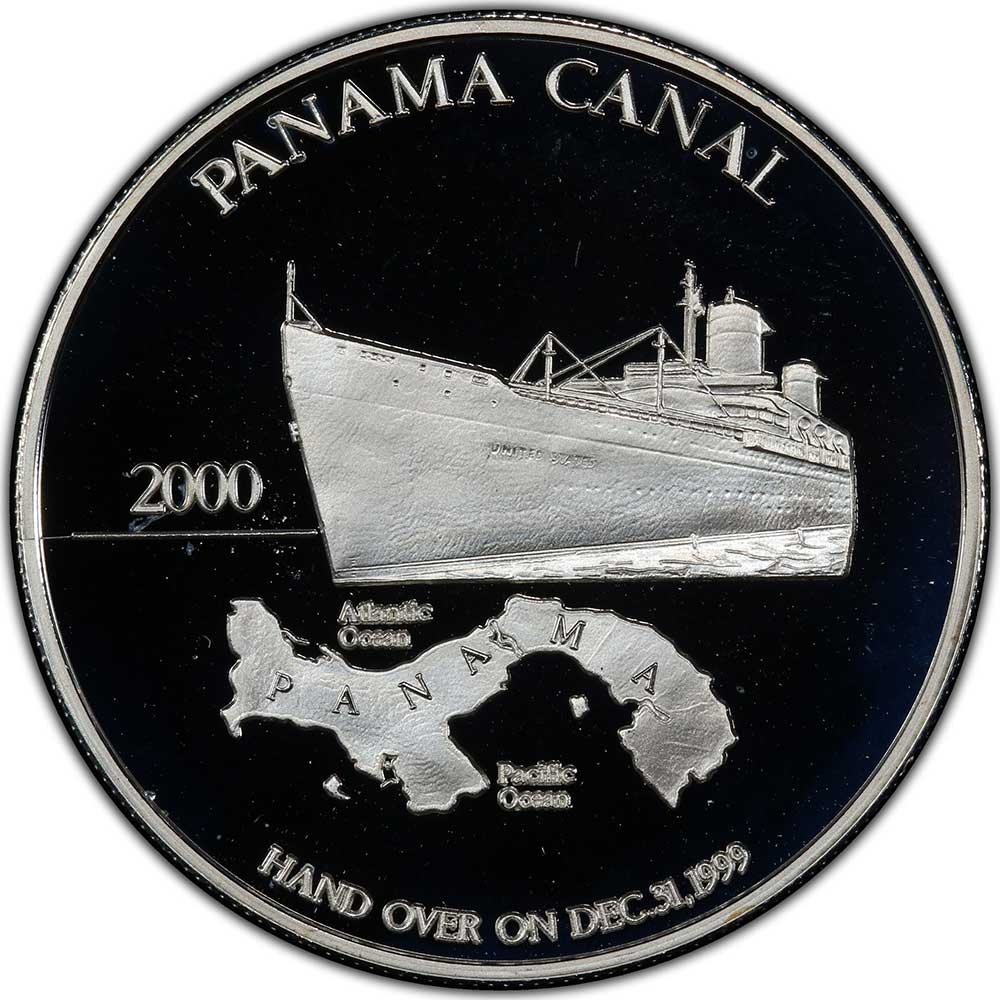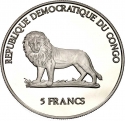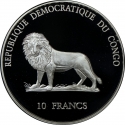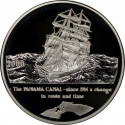You are about to finish your registration. Please check your mailbox (including spam folder). There should be a letter with a confirmation link. Check setting to make sure that your e-mail address is correct.
Send letter againDescription
The Panama Canal is an engineering marvel that connects the Atlantic and Pacific Oceans through a 50-mile (80 km) waterway across the Isthmus of Panama. Completed in 1914, the canal was a monumental achievement that significantly reduced maritime travel time between the two oceans, eliminating the need for the lengthy and hazardous journey around the southern tip of South America. The canal operates through a system of locks that raise and lower ships over the mountainous terrain of Panama, allowing vessels of various sizes to transit. Originally constructed by the French in the 1880s, the project faced numerous challenges, including disease and financial difficulties, leading to its eventual takeover by the United States, which successfully completed the canal. The Panama Canal has played a crucial role in international trade and commerce, serving as a key transit route for cargo ships and influencing global shipping patterns. In 1999, control of the canal was transferred to Panama, which continues to manage and maintain this vital waterway.
Obverse

|
Depicts an official emblem of the Laurent Kabila regime: a mature male lion standing to the left amid the grass, symbolizing strength and authority. Above the lion is the country’s name in French, and the denomination is placed below. REPUBLIQUE DEMOCRATIQUE DU CONGO |
|---|---|
Reverse

|
Depicts a U.S. cargo ship over a map of Panama separating the Atlantic and Pacific Oceans, with the occasion's inscription below, the canal's name above, and the issue date on the middle right. The PANAMA CANAL |
| Edge |





